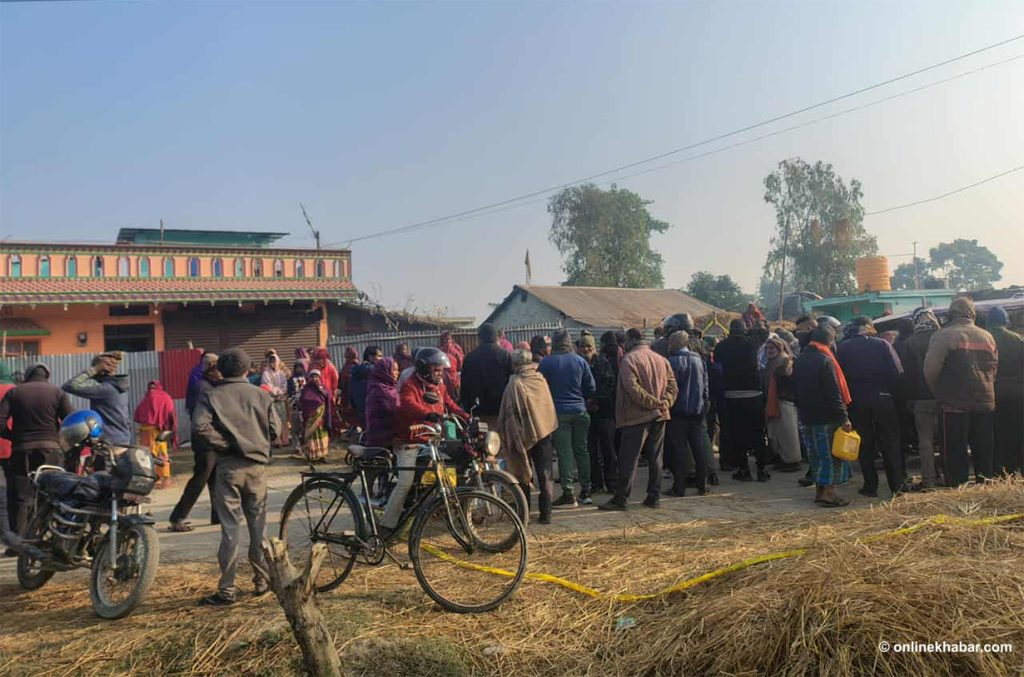
A kid’s existence is woven together by the threads of self-respect, personal limits, and mutual respect. These elements help the child grow up to be a confident and secure adult. In this light, the value of bodily safety education becomes clear as a fundamental component in raising generations of resilient and self-assured people.
Our bodies are unique, intricate vessels that deserve reverence and protection. Unfortunately, in the hustle and bustle of daily life, the significance of imparting this wisdom to our children often takes a back seat.
The truth is, that every child needs to comprehend the sanctity of their body and the profound impact it can have on their well-being.
Understanding the complexities of growing up

Imagine a small bud, delicate and vulnerable. If wounded in its early stages, the scars persist as it blossoms into maturity. Similarly, the emotional scratches on a child’s mind and heart can leave indelible marks on their psyche as they navigate the complexities of growing up. This is precisely why educating everyone on body safety is not just important; it is a fundamental necessity.
At the core of body safety education lies the essential lesson of ownership. Children need to understand that their bodies are exclusively theirs, and no one has the right to touch them without explicit consent. It is not merely about physical boundaries but instilling a deep sense of respect for oneself. Equally vital is the understanding that this respect extends to others as well, creating a culture of mutual regard.
Teaching children about their private parts is a crucial aspect of body safety education. The lesson is not only about identifying these areas but emphasising that no one, not even parents or doctors, can touch them without a specific need, such as for medicinal purposes or when the child is incapable of self-care. The phrase “It’s my body” becomes a mantra for self-empowerment and boundary-setting.
Investment in body safety education

What happens when a child feels uncomfortable? This question is pivotal in guiding children through the nuances of personal space. Educating them on the steps to take if someone hurts them, especially if their private parts are involved, is paramount. The lesson extends beyond mere instruction; it emphasises the importance of reaching out to trusted individuals—parents, grandparents, teachers, or seniors—and persisting until their voice is heard. So, if you are not comfortable, it’s wrong. This is basic to teach every child.
In a world that sometimes demands silence, teaching children to say no to secrets is a powerful tool. Some individuals may exploit children, coercing them into keeping secrets that compromise their well-being. By fostering an environment of openness, children become less susceptible to manipulation and more capable of protecting themselves.
Navigating the concept of good touch and bad touch is often a challenge for children. While they may discern physical actions, understanding the intent behind them can be confusing. Children may associate negativity with roughness, unaware that individuals with malicious intentions can touch them gently. Therefore, it is imperative to cut through this ambiguity and emphasise a straightforward message: no one should touch their private parts under any circumstances.
The integration of these lessons into the basic curriculum is a logical and necessary step. Programmes like ‘My Body is My Body’ provide free courses for children, teachers, parents, and anyone invested in the well-being of our youth. Such initiatives need widespread support and adoption to ensure that every child, regardless of background or circumstance, has access to vital knowledge.
In conclusion, the call for body safety education is not just a plea for awareness; it is a demand for societal transformation. By nurturing a generation that understands, respects, and safeguards their bodies, we pave the way for a future where every child can grow into a confident, empowered, and resilient individual. The investment in body safety education today is an investment in the strength and well-being of generations to come.

















